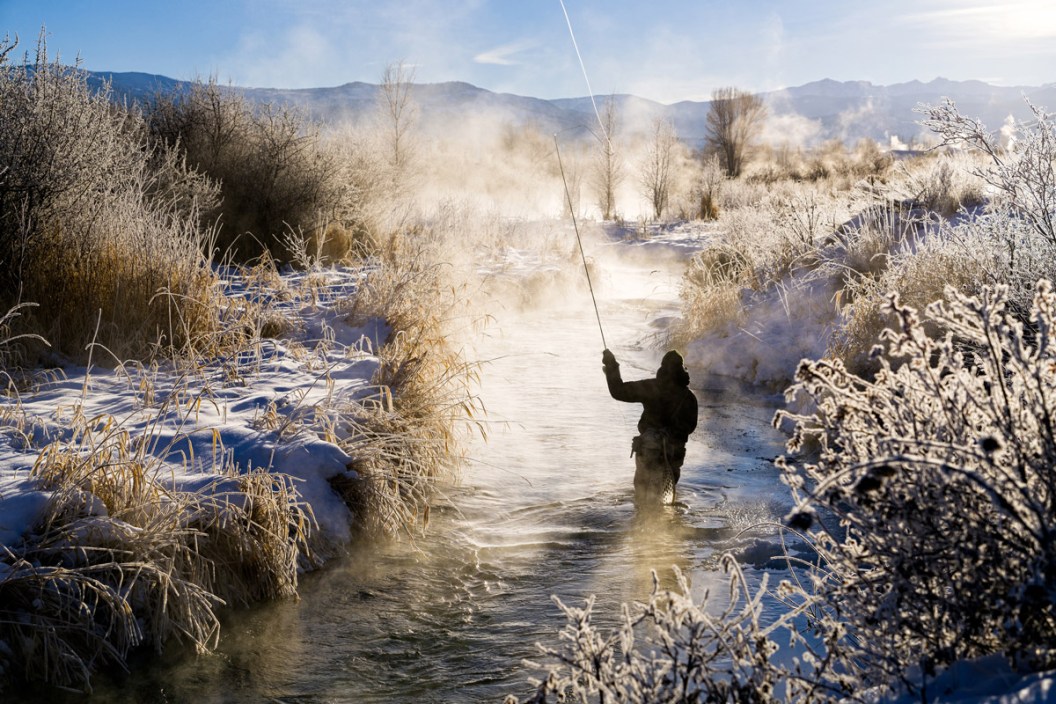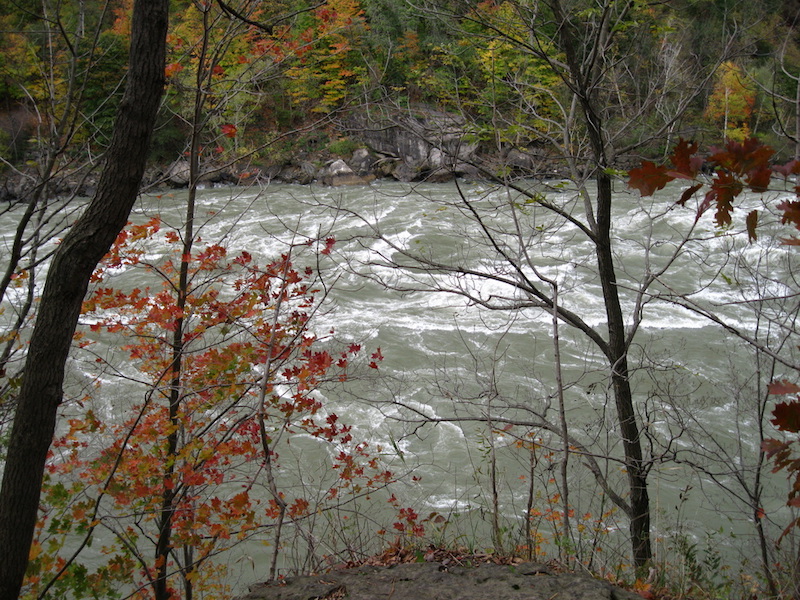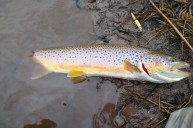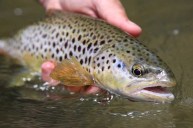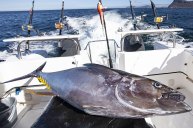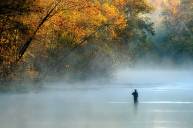Let's talk about doing some winter trout fishing!
Trout are a cold water species, but that doesn't automatically make them easy to catch in the colder months of the year. Even with that in mind, there are many reliable tactics that'll put some fresh trout in your creel this winter.
From coast to coast, winter trout fishing is one of the most revered pastimes for the trout angling community nationwide, and great to try through the ice as well. For those intrepid anglers that don't mind a little ice in the eyes of their favorite flyrod, an open trout stream is still a thing of beauty, especially when the banks are full of snow.
Remember, not every state allows for trout fishing after the fall and before the spring spawning runs in certain areas, but many have regulations that cover catch-and-release fishing, usually with artificial lures only. For those that do, it's a great time of the year to feel the stretch of your line in the frigid waters that still hold fish.
Top Five Winter Trout Fishing Destinations
This is almost tongue in cheek since there are so many great winter trout fishing regions in North America, but these few here get a lot of attention for a reason. The contiguous United States (including Alaska) and North America have some of the best trout and salmon fishing in the world for the fabled cold water species, and that means anywhere.
- Niagara River, New York
- Kenai Peninsula, Alaska
- Henry's Fork, Idaho
- Lake Michigan Tributaries
- Oregon Coast
We'd also like to give an honorable mention to just about anywhere in California, Colorado, Arkansas, Missouri and Montana.
Tactics
It should go without saying that you're going to need to slow down, be patient, and know what baits work the best. Having a great spot to fish is one thing, but lure selection, color and presentation is another.
Maybe one of the best things about winter trout fishing is when you can fish. During the middle of the day when the sun is bright and the conditions are a little warmer, sluggish fish are able to get going and feed. But, trout fisherman must consider drab clothing, (even camouflage) stealth and restrain themselves to small movements to belay getting busted by overly wary fish.
In tributaries, walk upstream to stay behind the fish that face into the current and search out the deeper pools and eddies. Fly fishermen can stay on a spot for a while with a minimum of movement with roll casts, whether they use a streamer or an egg under a strike indicator.
Spincast anglers need to try everything from smaller inline spinnerbaits such as a Mepps Aglia, Blue Fox, or a Rooster Tail tipped with an egg sack, or try a smaller version of the jointed Rapala.
Have several colors at the ready to see what they're targeting.
Tailwater Fishing
For those who have access to some of the country's great dams and spillways, the tailwaters stay a fairly consistent temperature throughout the year, even in the winter. Finding the slower, more protected areas of these great fishing areas isn't terribly difficult. In fact, finding them during the summer can be the best way to save yourself time when you are winter fishing.
However, other anglers in your region could be doing the same thing, making this an elbow-to-elbow situation. So, look for areas other anglers wouldn't think to visit.
Products featured on Wide Open Spaces are independently selected by our editors. However, when you buy something through our links, we may earn a commission.
Flyfishing vs. Traditional
It should go without saying, but most insects aren't hatching during the cold months. Subsurface flies like midges and stoneflies still have their place, though. While your nymphs will take the majority of winter trout, don't be surprised if you notice a rise or two while you're waist-deep in the stream or river.
These instances may be more rare, but having a small dry fly selection with you can be the difference between catching a few fish and watching the guy next to you do it. Feeding trout can slow to a crawl in the winter and aren't willing to chase food as readily, but a bigger meal is hard to resist if it's delivered properly. So, for the streamer crowd, try dead-drifting one under an indicator.
Spinning gear is the only way to go for some winter trout anglers, but as is the case for the fly fishermen out there, you'll need to go with some good fluorocarbon line in a lighter test to have success in the colder, clearer waters of winter. Beyond that, size matters, so stay small and move slow.
We've said for years that if your spinner isn't bouncing on the bottom in the cold water, you're not doing it right. Sure, you're going to hook up to the bottom once in a while, a No. 2 Mepps tipped with a small egg sack should give the fish something to see by its flash, and something to eat when it detects the eggs.
Leaving a Warm House Behind
It may be hard to leave the warmth of your home during the cold weather knowing that you're not targeting a big buck, but rather a big trout.
However, many times you'll have the river or stream all to yourself, making this time great to work on your casting, get to know your area better and catch fish at the same time!
Please check out my book "The Hunter's Way" from HarperCollins. Be sure to follow my webpage, or on Facebook and YouTube. Go to Rack Hub and use the coupon code Craiger for a new way to display those antler sheds!
NEXT: 7 THINGS YOU'LL FIND OUT ONCE YOU BECOME A TRULY DEDICATED FISHERMAN
